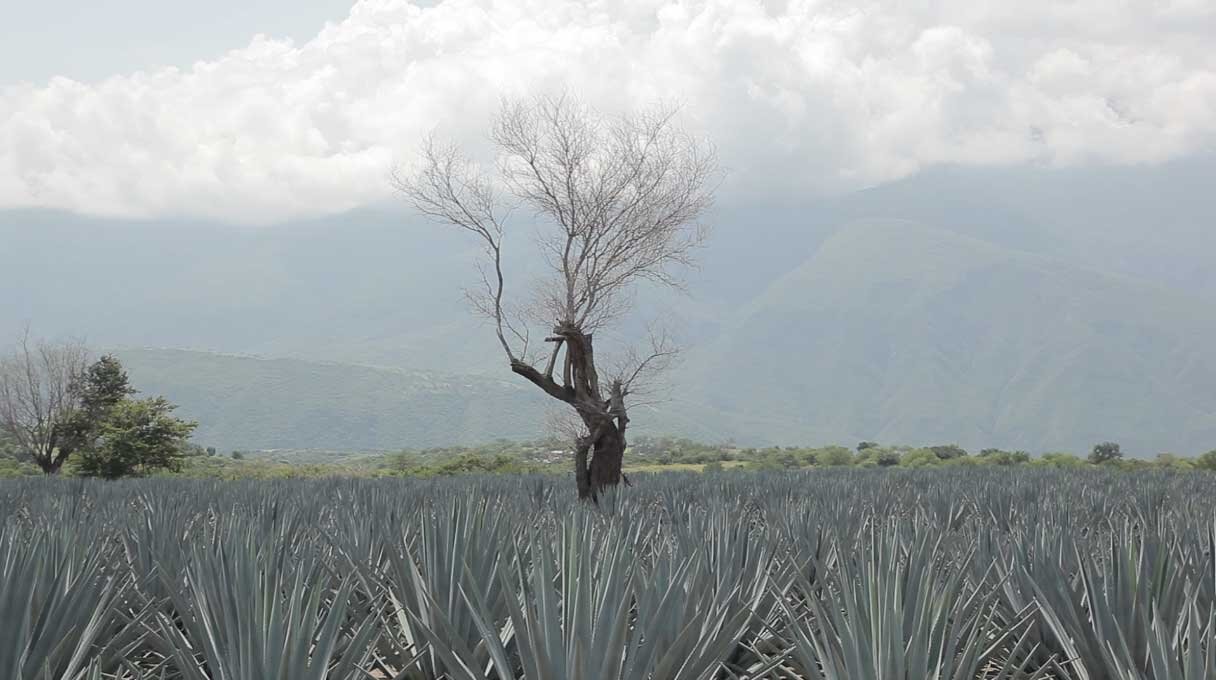replanting JALISCO
Preserving Jalisco’s traditional agaves…
It’s not news that tequila sales are growing. They’ve been scaling up for a couple decades, with the CRT (Mexico’s certifying body for tequila) reporting volume growth of 266% between 2002 and 2020.
That growth results in more money going to more people in Mexico, and that can be a good thing. But it also puts tremendous environmental pressure on the rural communities where tequila is made.
The source material to make tequila, Blue Weber agave, is a long-growth crop. Even with the most domesticated harvests, it’s still taking three years before the plant has sufficient sugars for fermentation; in most cases, it’s closer to five years. To ensure they have the agave they need to enable this growth trajectory, brands are planting more and more Blue Weber. That used to be the strategy of the large brands — with this insane growth, it’s now the strategy of most all brands.
On the face of it, more planting would seem like a good thing. Plants take carbon out of the atmosphere, which should help mitigate climate change. But in this case, the farmed agave are taking the place of natural, wild flora. And the farming practices that are used are often not environmentally sound. Chemicals are used to accelerate plant maturity, and those chemicals, while they shorten the amount of time it takes agave to mature, they aren’t as kind to other plants. In a picture on this page, you see a dying tree in the middle of a field of Blue Weber agave. It’s the rare example of a tree in an agave field, and it’s obvious why.
Compounding the environmental problem in Jalisco is the weakening of the Blue Weber species of agave. It’s the only agave that can be used to make tequila. Decades ago, tequila companies figured out it was easier to grow Blue Weber by cloning than it is to grow from seed. That’s great if you want to expedite production. But now it’s estimated that some 80% of Blue Weber is genetically identical — cloned and recloned from the same “mother.” That makes the plant vulnerable to disease and pestilence.
Additionally, because these agaves are cloned, you almost never see a Blue Weber going to seed. So all this farm land that has taken over the wild lands, it’s put at-risk some bat populations that fed on the nectar of the blossoming agave. If agave isn’t allowed to blossom — if it’s harvested before it goes to seed, which is what you need to do if you want to convert that agave into alcohol — the bats lose a valuable food source, which means we start losing valuable bat populations.
This problem isn’t new. But with the growth in tequila, it’s getting worse. And now that there is an additional Denomination of Origin [DO] for agave-based spirits in Jalisco — for raicilla — there is still greater risk for the state’s wild lands.
As happened with mezcal, the vast majority of families who have been producing raicilla for multiple generations are being shut out of the DO. To continue using the name that their grandparents and great-grandparents gave to the spirits they’ve made forever, they now have to work with gringos or elite Mexicans, who aren’t tied to the land in the way these families are.
These families and these communities are at-risk of being assimilated into the “efficient” world, a world that lacks the long view that has preserved these rural lands for centuries. They’re at-risk of turning to industrial farming so they can continue to make “raicilla.” They’re at-risk of selling their lands to multi-national liquor companies, who want crop-after-crop of monoculture Blue Weber for tequila. And that puts us, as a species, at-risk of losing the multi-generational wisdom that might be our last hope to fend off water insecurity and food insecurity.
Please join us as we attempt to address this problem. With Pedro Jimenez of Mezonte, we have built four nurseries and greenhouses on wild lands in rural Jalisco. The lands are owned and controlled by families producing agave spirits they would call “raicilla” or “vino de mezcal” — families who can’t legally use either term.
The four projects are growing — from seed — at-risk varietals of agave and trees, including Blue Weber, Cenizo, Amarillo, and Verde agaves, and Bonete, Chilte, and Gondo trees. These are all traditional plants in this region that contribute to the cultural heritage of these families.
This is what healthy land in Jalisco looks like, with agaves, trees, and other plants growing wild alongside one another
Chemicals are used to accelerate agave maturity, to keep pace with tequila production. But those chemicals aren’t as kind to other plants. Note the dead tree in the middle of this field of Blue Weber agave.
The expectation is that the program will produce 6,000 seedlings a year. The seedlings will be shared among the communities, with other families who are committed to maintaining their cultural heritage.
So ... what do you think? Want to help Replant Jalisco?


